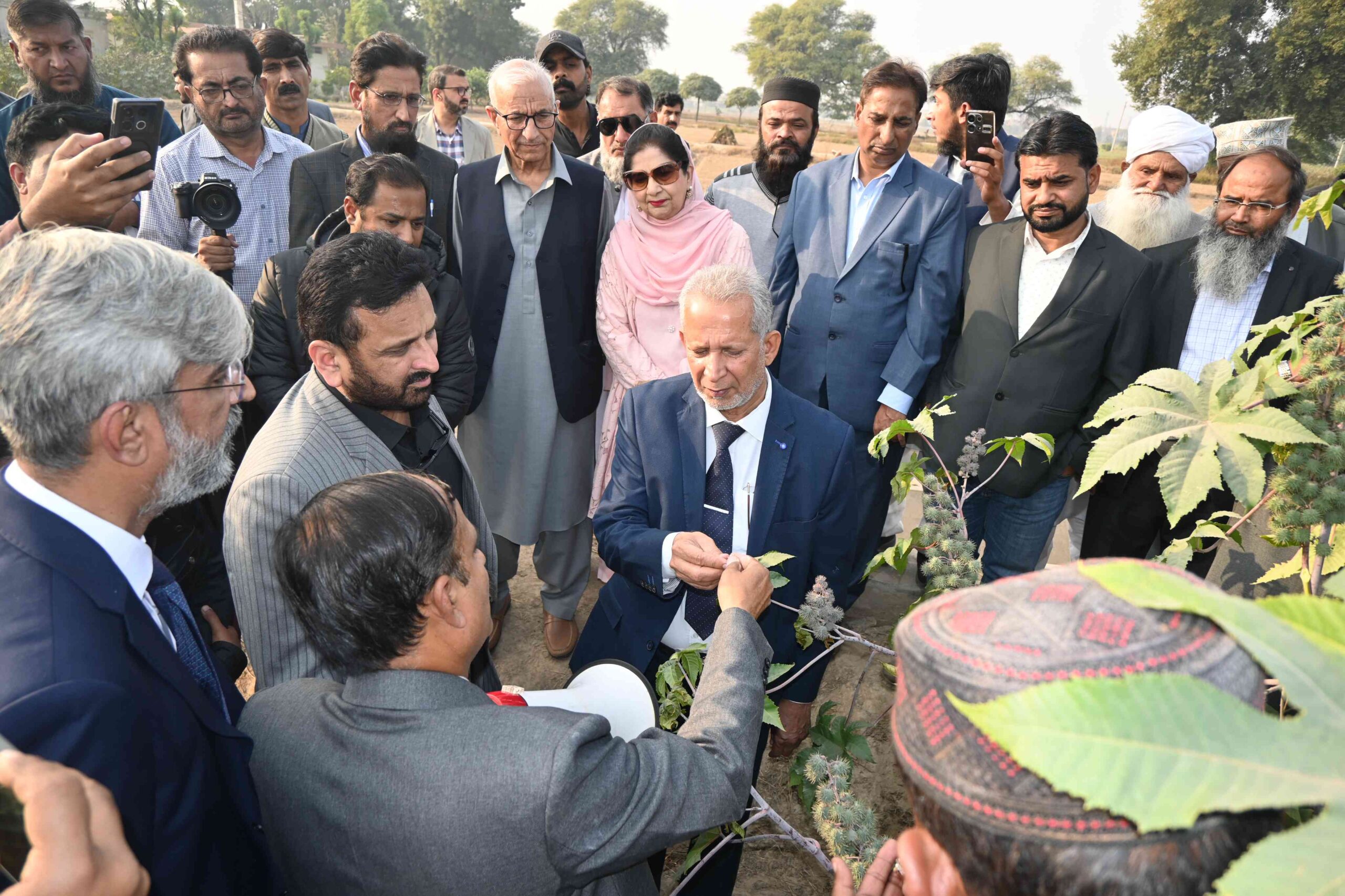
The ecological conditions of Pakistan today are a complex tapestry woven from centuries of natural evolution, colonial encroachment and modern industrialization. The country’s environmental landscape bears the scars of historical exploitation and current mismanagement. Colonialism has destroyed the ecology of many countries and Pakistan is no exception.
Forests were extensively cleared to make way for plantations and infrastructure projects such as railways that facilitated the export of raw materials to Britain. Depletion of forest cover has not only disrupted local ecosystems, but has also contributed to soil erosion, loss of biodiversity and changes in local climate patterns.
Trees primarily absorb carbon dioxide (CO2) from the atmosphere. In addition, they play a key role in the water cycle by absorbing and releasing water. If non-regional plant species are planted, they affect local and regional rainfall patterns and rainfall distribution.
British colonialists introduced non-native plant species such as eucalypts and mulberry trees, which greatly altered the local ecosystems. Eucalyptus and mulberry trees planted in Pakistan by the colonialists use large amounts of water to this day, exacerbating the already critical problem of water scarcity in many areas of Pakistan.
Colonial powers also introduced new agricultural practices aimed at maximizing income. Traditional subsistence farming was replaced by the introduction of cash crops such as cotton, indigo and tea.
This shift has not only affected local food security, but has also led to soil quality degradation due to monoculture practices and extensive water use for irrigation. Extensive irrigation systems such as extensive canals and sluice gates were built.
These infrastructures were designed to maximize agricultural production, which benefited the colonialists, and no attention was paid to their long-term deteriorating effects, such as waterlogging and soil salinization. These manipulations disrupted natural water cycles and led to significant depletion of groundwater levels, a problem that persists to this day.
Indo-Pak water division and subsequent control over water resources have been contentious issues since Partition. The Indus Waters Treaty, signed in 1960, was intended to address these issues by dividing water rights between the two countries, but in fact continued to benefit Pakistan. India’s construction of dams and barrages on these rivers has been a matter of dispute and has had significant ecological and hydrological implications for Pakistan.






